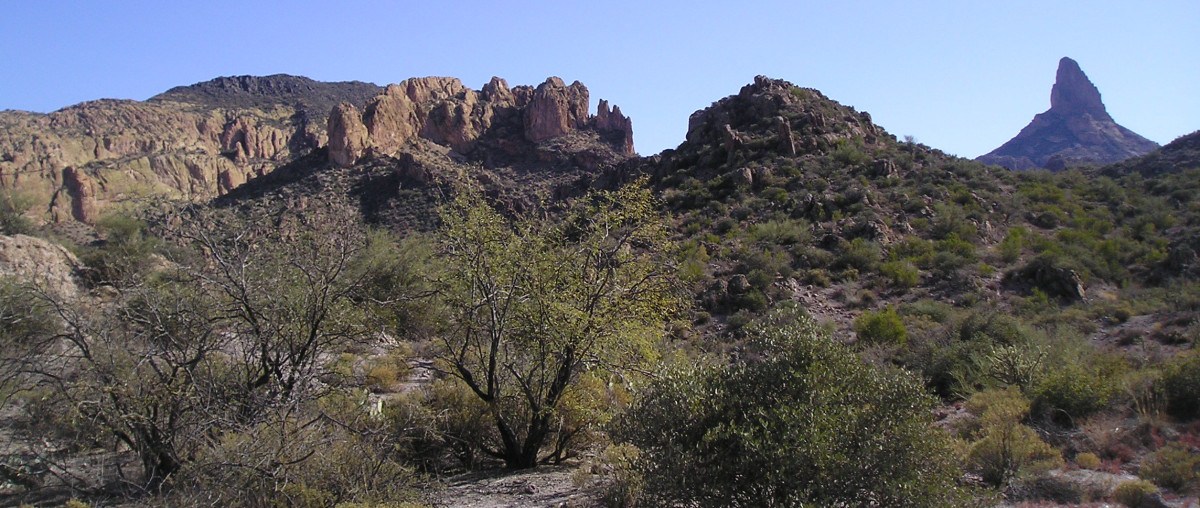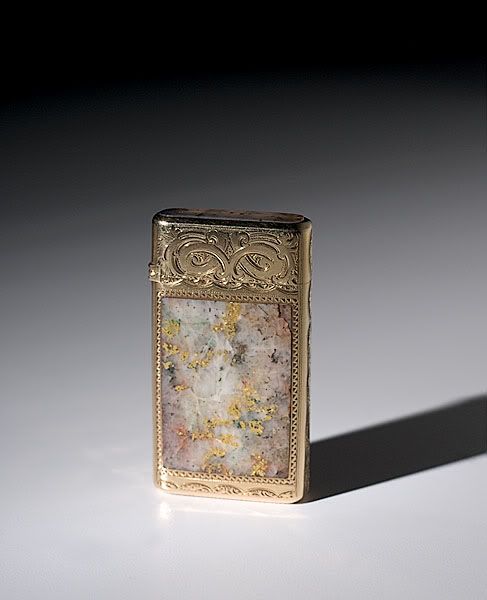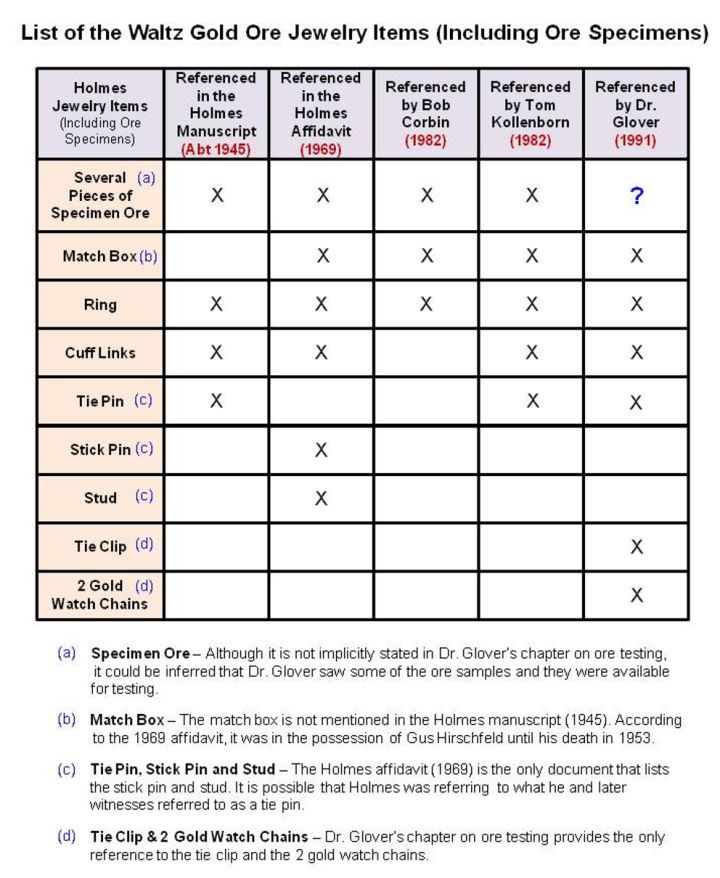Wow Wasp!! When you come to a party, you show up bearing GIFTS!!!

Seriously, very interesting posts recently about the the dutchman ore and specifically the matchbox.
I think you just described in your last paragraph what my issue has been with SEM/EDX analysis of the ore/gold/matrix, etc.. and what I keep hearing about each ore deposit having it's own "fingerprint" so to speak.
I think in some ways it's a matter of everyone needing to speak the same language - and I'll be honest that I don't think I speak the geological language very well yet.
My point has always been that while I don't work with geological samples, I've spent my life doing chemical analyses of various other solid samples, and I know how critical it is to the entire analysis to get a representative sample - in fact, if that step is done incorrectly, it can invalidate all the rest of the work.
While SEM/EDX has one HUGE advantage over other analysis techniques in that it is non-destructive, a major (or at least major to me in this case) disadvantage is that one can only look at extremely small portions of a sample - which to me means you need to look at MANY of those small portions and mathematically come up with an average in order to get a better idea of the full picture. In many case, SEM/EDX is used to identify extremely small defects in things rather than an analysis to identify a large "matrix."
In the case you described about the inclusions being present containing a variety of elements, that means unless you happen to choose one of those specific spots to analyze, you're missing out on that elemental portion of the "whole." In order to get a picture of the "whole," one would need to do a huge sampling of spots, and it's not clear whether that was done or not.
What can certainly be done with SEM/EDX is analyze various portions of the gold itself and get a "fingerprint" so to speak of what other elements are present WITH the gold - not in the ore or matrix, but right there with the gold itself when it solidified from a molten mass long ago. Whether or not every portion of gold present in a specific vein of ore is composed of the exact same "fingerprint" of elements, I really don't know - I honestly doubt it, but I suppose it could be.
I always like analogys to try to paint a picture of an issue. I'll try one here that may not be all that great, but hopefully will help a little bit.
Let's say you have a 1' deep, 2' wide, 6' long box. You have 4 people with buckets and 4 drums of 1" diameter colored beads (each drum containing a separate color). Each person is assigned 1 of the drums and it's their task to dump a full bucket of their drum into the box every 15 seconds until the box is filled. There is no "mixing" or anything else that happens, the person just dumps it in wherever they want, however they want (fast or slow), etc...
When the box is finally filled, a sample of 1 bead is taken at random and "analyzed" for color. After each "analysis", a conclusion is made of the entire composition of the box.
I think you can see that the odds of determining the exact composition of the full box by randomly taking say a total of 20 x 1 bead samples is VERY SMALL. It would require one to have randomly drawn out 5 of each color exactly.
The perfect way to get the correct answer would be to analyze the ENTIRE box full, but that's never a viable option due to the amount of work and the fact that everything gets "destroyed."
The best way is to take a number of larger "grab" samples - in this case maybe taking 6 pint sized random grab samples from different locations, mixing them all together and counting the colors. The more grab samples you take, the better your approximation of the "whole."
I get the feeling that the assay report you presented here is exactly that - a combination of a number of random "grab" samples of matrix + host rock that were mixed together in some way to provide the most uniform/homogenous sample possible and then analyzed for all the properties listed.
When I look at it in this manner, and see an assay report such as you posted, I can absolutely understand and believe that every mine could have it's own specific "fingerprint" that makes it unique - at least until a new vein in a new host rock is exposed.
I hope you continue posting Wasp, as you've provided some insight that many of us have never seen! Thank you.


